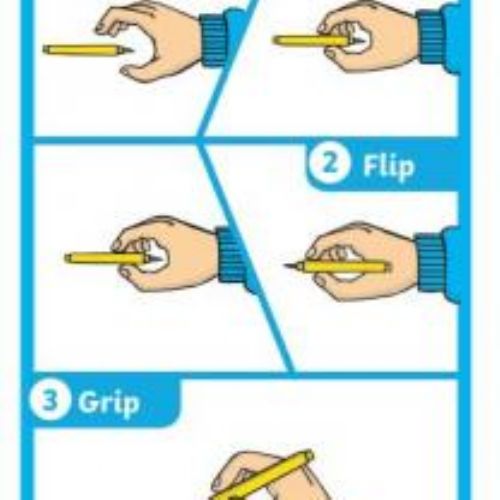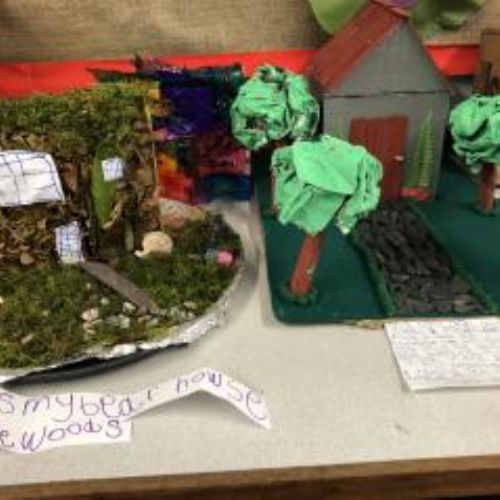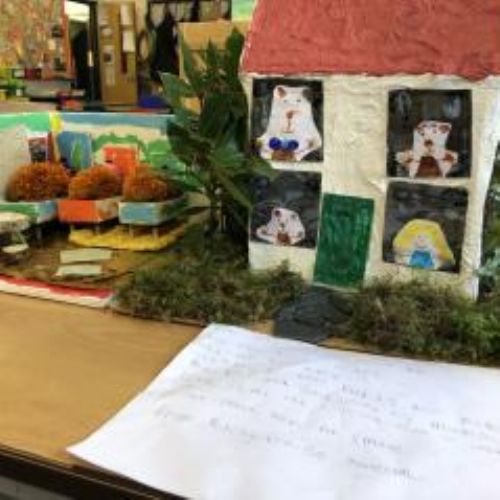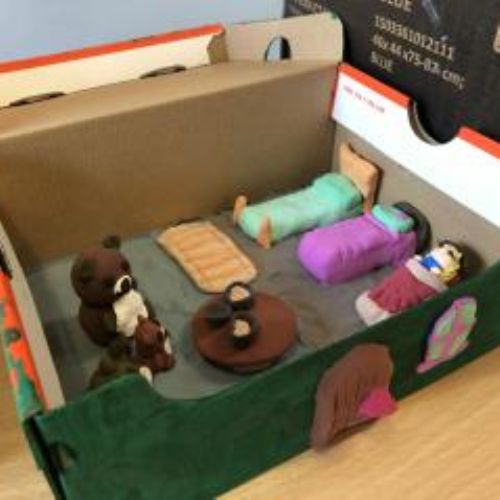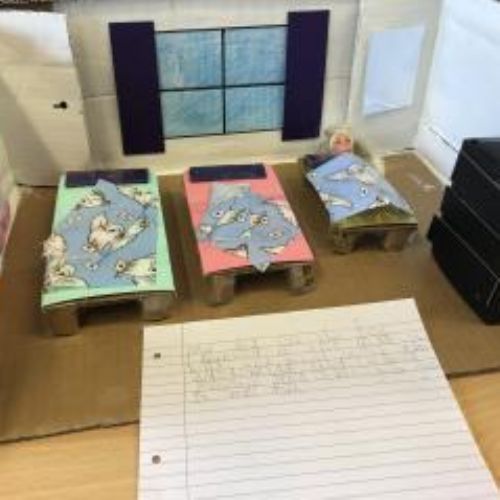Writing
Writing at Dobwalls Primary School
Intent:
At Dobwalls, we aim to create a language rich environment where we deliver a writing curriculum that inspires all children and embeds a true love for writing. Our long-term plan ensures that all children are given moments of awe to inspire and engage. We understand that reading and writing go hand in hand and carefully select texts to maximise engagement of all children. This enables teachers to model quality writing across a diverse curriculum which is rooted in local and current affairs as well as the wider world. We believe that when children leave Dobwalls, they will be prepared for life, confident in conveying their ideas through writing and will be successful authors.
Moreover, we intend to:
- To create opportunities for children to write coherently for a range of audiences and purposes including real audiences (e.g. using our enrichment to give purpose to their writing)
- For children to become fluent writers; teachers use direct instruction and modelling, followed by extensive, deliberate practice for children which includes planning, drafting, editing and publishing their writing
- To be exposed to a wide range of vocabulary across all areas of the curriculum enabling children to reach a high degree of cultural capital
- To ensure children use their knowledge of sentence structure and punctuation, spelling rules (including phonics), fluency, vocabulary and comprehension when writing for all purposes across the curriculum
- To ensure a clear sequenced curriculum to enable children to develop key skills
- To ensure children grasp key concepts of grammar (using our ‘sentence focus’) and to enable children to investigate spelling rules using ‘Read, Write Inc’ Spelling rules
- To encourage correct letter formation using ‘Read, Write, Inc’s’ 3 handwriting stages:- 1a:During Stage 1 children learn correct letter formation using the same picture mnemonics they have already learnt in the Set 1 sound lessons. Stage 1b:Once children can form the letters correctly, they learn how to place the letters on the line and of relative size. Children are encouraged to continue using the picture mnemonics help children to visualise the size and placement. Stage 2:During Stage 2, children are now taught that they are going to use new characters to help them develop a grown-up style of writing that will lead to joined-up writing to enable children to write with stamina
- To support each individual teacher with the delivery of broad, exciting writing opportunities in a variety of subjects, genres and stimuli
- To ensure staff understand the writing progression at Dobwalls and to support CPD (to provide whole staff support as well as tailored individual support as and where identified) in these areas
- To encourage children to use spoken language by giving them opportunities to discuss text types, to develop a spoken vocabulary of useful phrases, to use spoken language to peer mark and self-edit, to speak confidently about a range of topics to discuss and debate
- To ultimately enable children to confidently communicate their knowledge, ideas and emotions through their writing
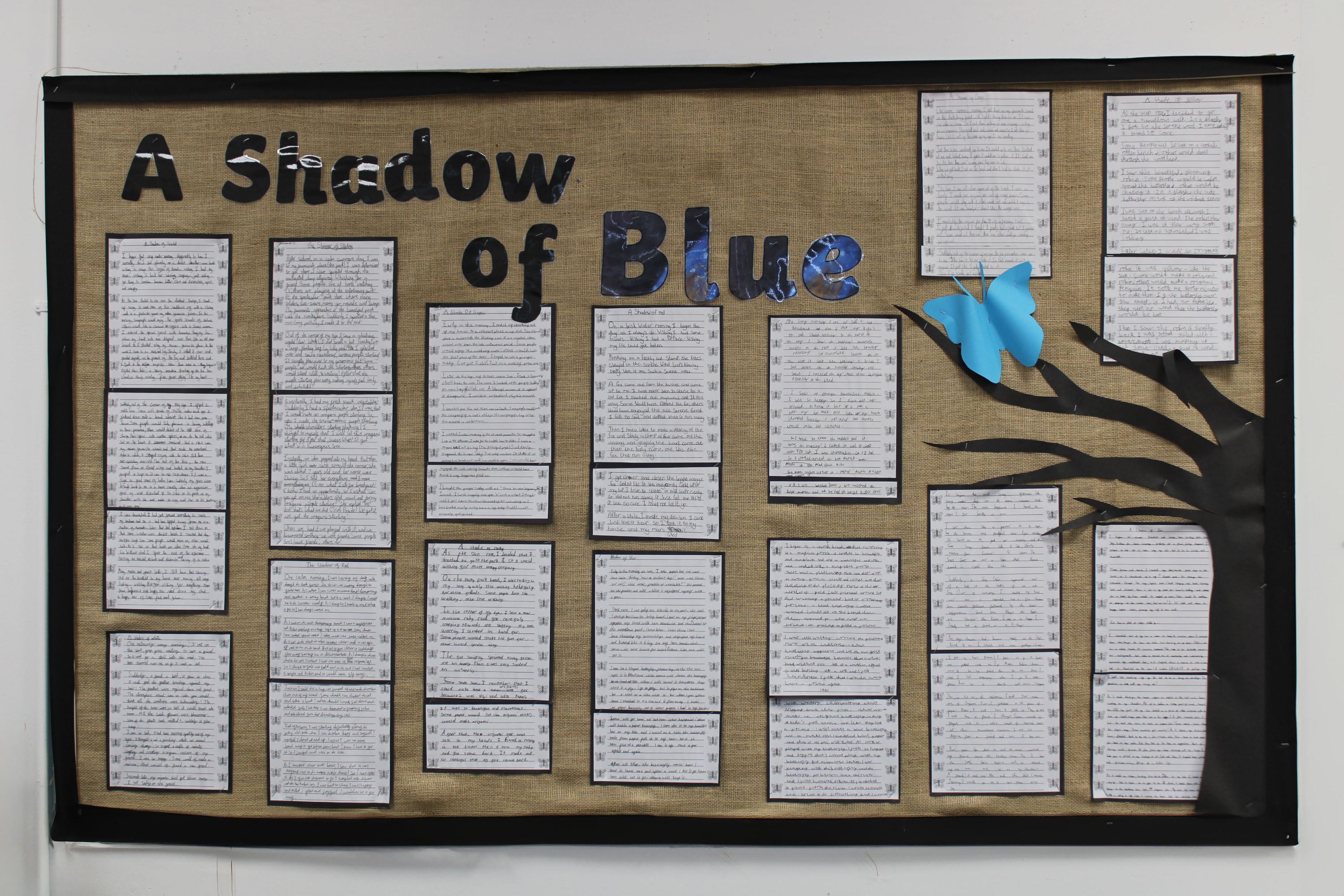
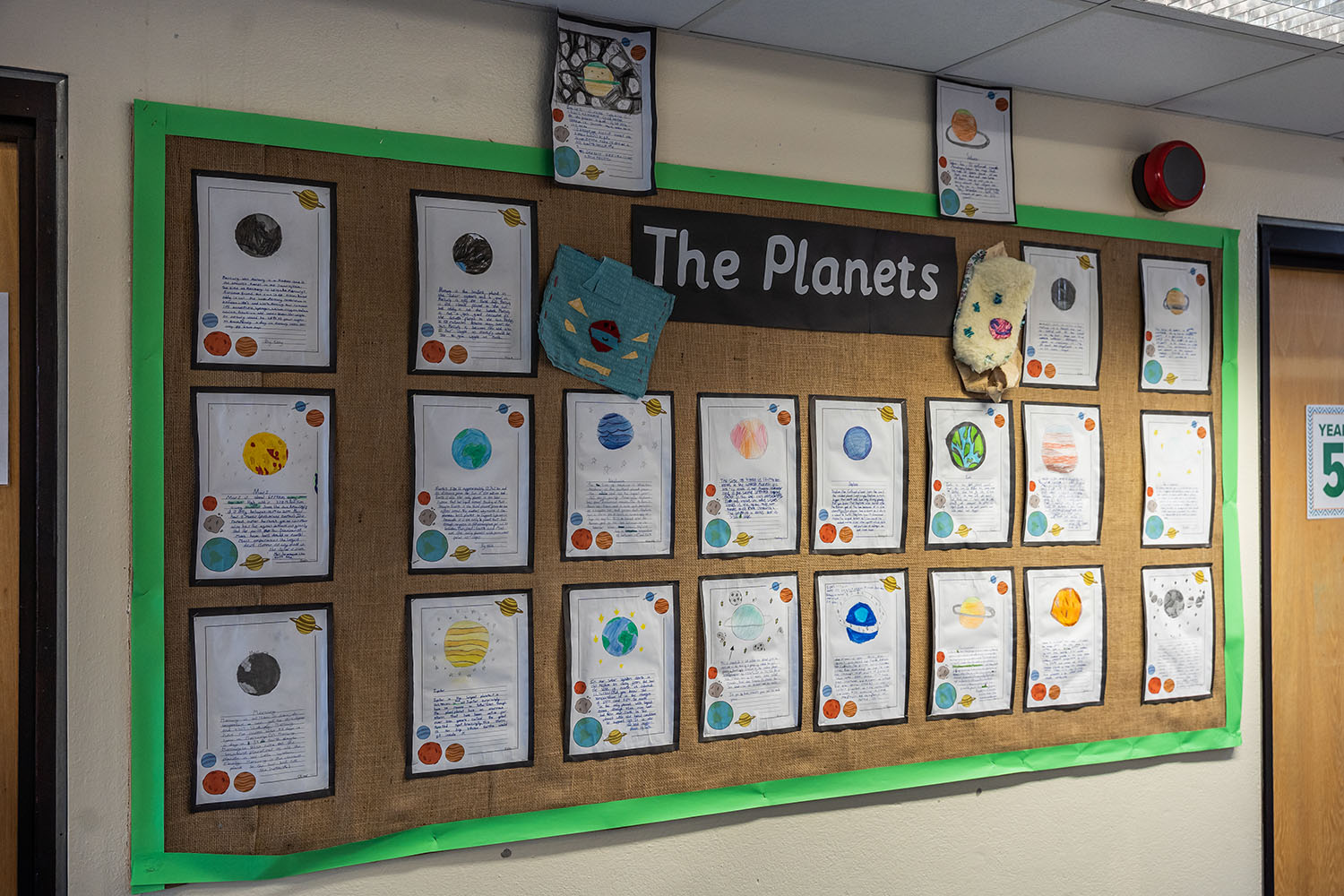
Implementation:
We provide a literacy rich curriculum that enables the children to be immersed in each topic. Our curriculum also ensures the learning is enhanced with a variety of engaging trips and activities. We teach writing through our daily English lessons where we expect there to be an outcome by the end of every lesson. We expect for every piece of writing a clear audience and purpose identified.
Our writing progression is adapted from ‘Literacy Tree’. These are planned and sequenced carefully, with texts developing and building as they progress through the years. These can be seen on our long-term English overview. Every lesson shares a WALT (we are learning to) and success criteria. These are referred to at the beginning and end of the lessons to support pupil progress. Regular feedback ensures children know what they have done well and what they need to do next.
Non-Fiction Teaching Sequence:
Knowledge organisers for non-fiction writing have been planned for Y1 through to Y6 to support progression over the years. These are in every child’s writing book to support repetition of the features of non-fiction genres to support children’s long-term memory retention and progression of skills and knowledge through the years.
Our non-fiction writing is built on our humanities learning. A variety of purposes for writing are covered across the school. These include writing to inform, to instruct and to persuade.
|
Session |
KS1 |
KS2 |
|
1 |
1) Compare fiction and non-fiction 2) Model text analysed for features 3) Practice sentence writing in the style
|
1) Model texts analysed for features including comparing fiction and non-fiction 2) Reading text as a reader 3) Reading text as a writer 4) Practice sentence writing in the style |
|
2 |
4) Boxing up/ text structure, planning text 5) Practice sentence writing in the style |
5) Boxing up/ text structure, planning text 6) Shared writing |
|
3 |
6) Practice sentence writing in the style |
7)Drafting opening and/or ending 8)Grammar focus |
|
4 |
7) Practice sentence writing in the style
|
9) Independent write including time for proof reading and editing |
|
5 |
8) Independent write |
10) Re-write and editing |
Fiction Teaching Sequence:
Book-based Writing Roots are sequences of detailed lesson plans between ten and twenty sessions in length. They are based on a wide range of high quality and significant children's literature chosen to engage, challenge and support children to be critical readers and confident and informed writers. All National Curriculum requirements of grammar, spelling, vocabulary, literary language and composition are embedded leading towards a variety of purposeful and exciting shorter, longer and extended writing outcomes where the audience and purpose is clear.
Everyday Toolbox for Writing :
|
EYFS |
Year 1 and 2 |
Year 3 and 4 |
Year 5 and 6 |
|
|
|
|
Poetry:
At Dobwalls, we have two weeks dedicated to poetry. Children are given opportunities to compare poetry as well as listen to and write a range of poetry genres. Poetry types are mapped out into a spiral curriculum, to allow children to experience a variety of poetry during their time at Dobwalls Primary.
Additionally, a poem is learnt each half term during our whole class reading sessions. Children perform these as a class during whole school assembly. This allows all children to regularly experience learning, performing and listening to poetry.
Although poetry is taught and experienced explicitly during these occasions, poetry is also interwoven across the curriculum.
Early Years Foundation – EYFS:
In the EYFS, a child's writing journey starts with acquiring sufficient strength in their shoulders, arms, wrists and fingers. This begins with lots of big movements to develop gross motor skills and finger strengthening activities to develop fine motor control in our class 'finger gym'. Together with the physical preparation for writing, children need to be immersed in a language rich environment both oral and written. Children need to be exposed to a variety of genres and must be given the opportunity to re-tell and recite rhymes and traditional tales. At Dobwalls we bring this life with a 'story and rhyme of the week'. Each week a high-quality text is used as a stimulus for early writing and storytelling. Alongside this, children are encouraged to learn a nursery rhyme each week to develop their vocabulary and use of language. The stories, books and rhymes are planned to be progressive in the language that children are exposed to, as well as considering the children's own interests.
Within the EYFS teaching and learning, weekly planned shared/modelled writing sessions give children the opportunity to see writing led by an adult. At Dobwalls we use the 'talk 4 writing' approach in EYFS to prepare them for ‘Literacy Tree’ starting in Year 1 and continuing in the rest of the school.
Writing opportunities are available daily during continuous provision both inside and outside. A range of stimuli are used to inspire children to write throughout the year to help on their journey to becoming independent writers.
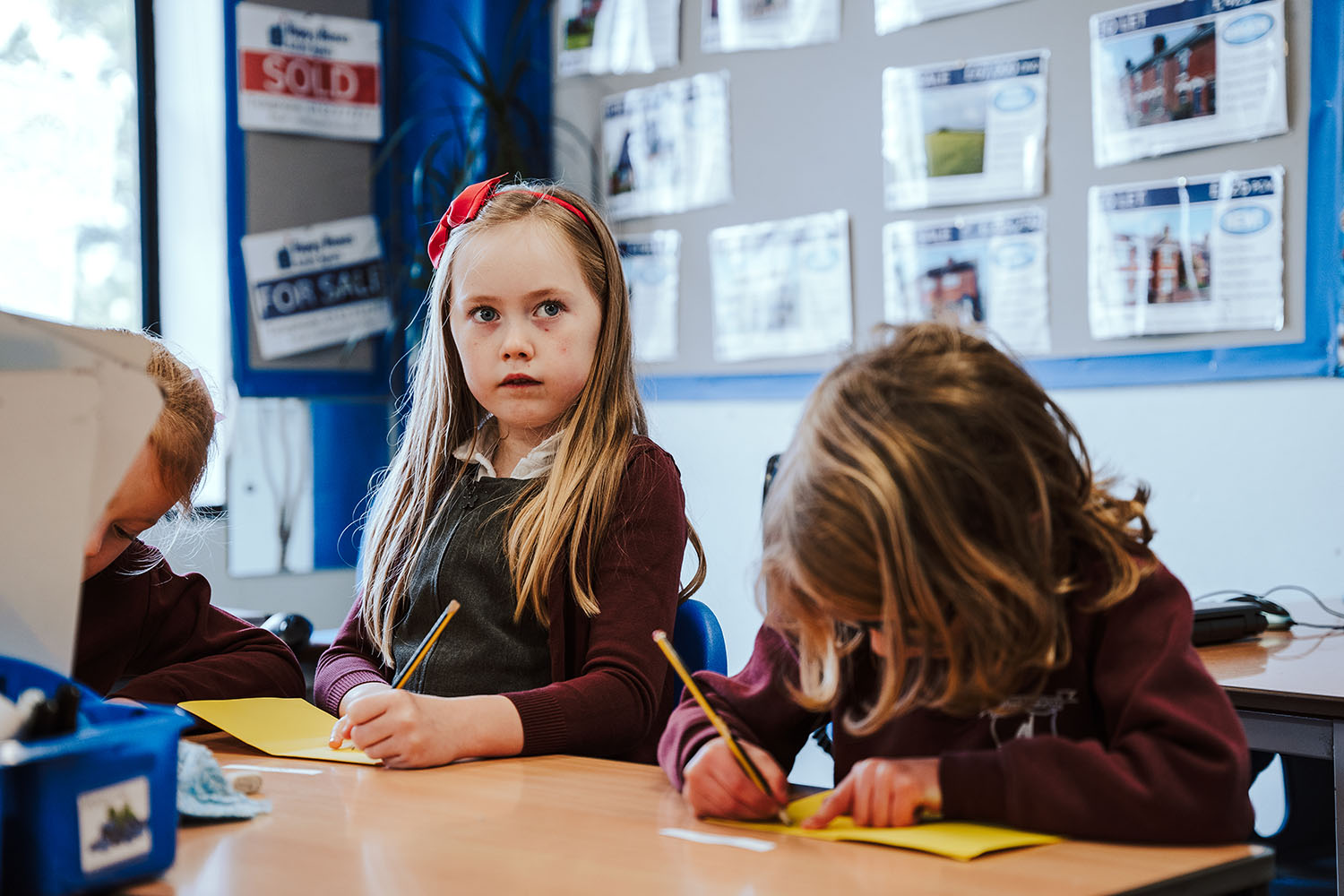
National Curriculum Vocabulary Grammar and Punctuation
Look at some of our super writing! This was inspired by a super poetry week giving a super purpose to our writing.
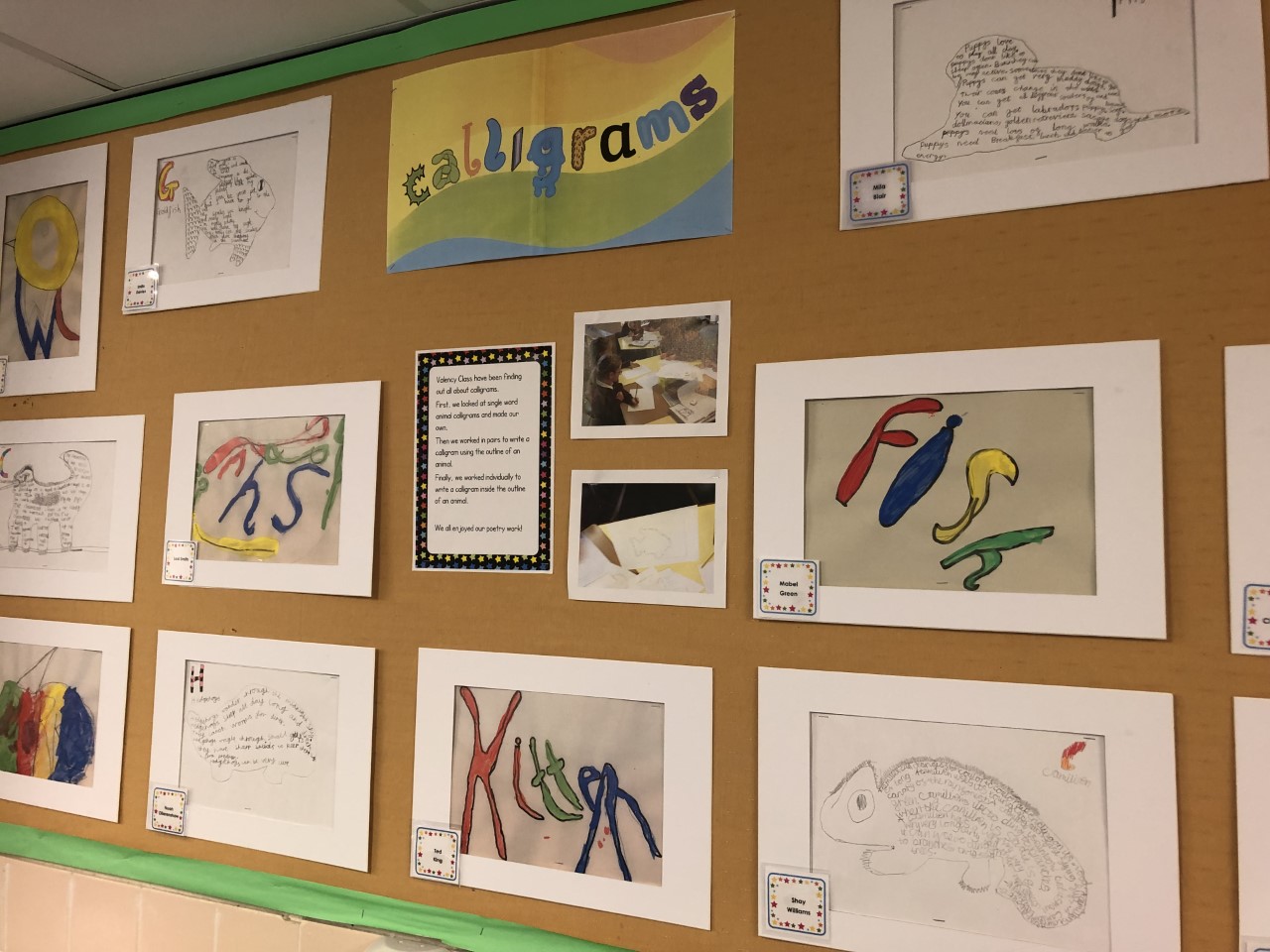
Spelling
Statutory spellings from the National Curriculum, are planned out within our English long-term overview. Each year groups statutory spellings are also shared with parents each half term on their homework menu.
In EYFS, children complete daily hour long RWI lessons with separate sessions focussed on red tricky words. In Year One and Year Two, daily spelling lessons track the children’s learning of statutory spellings.
In Year One, children begin learning a group of spellings each week. These grouped together by spelling rules, which are shared with the children. Embedding the rules, allows children to apply them to other words that they would like to use. The weekly rule and spellings are also shared with parents. This approach continues throughout the school. Each year groups statutory spellings are interweaved within the weekly spellings.
Dicey Spellings Game Instructions
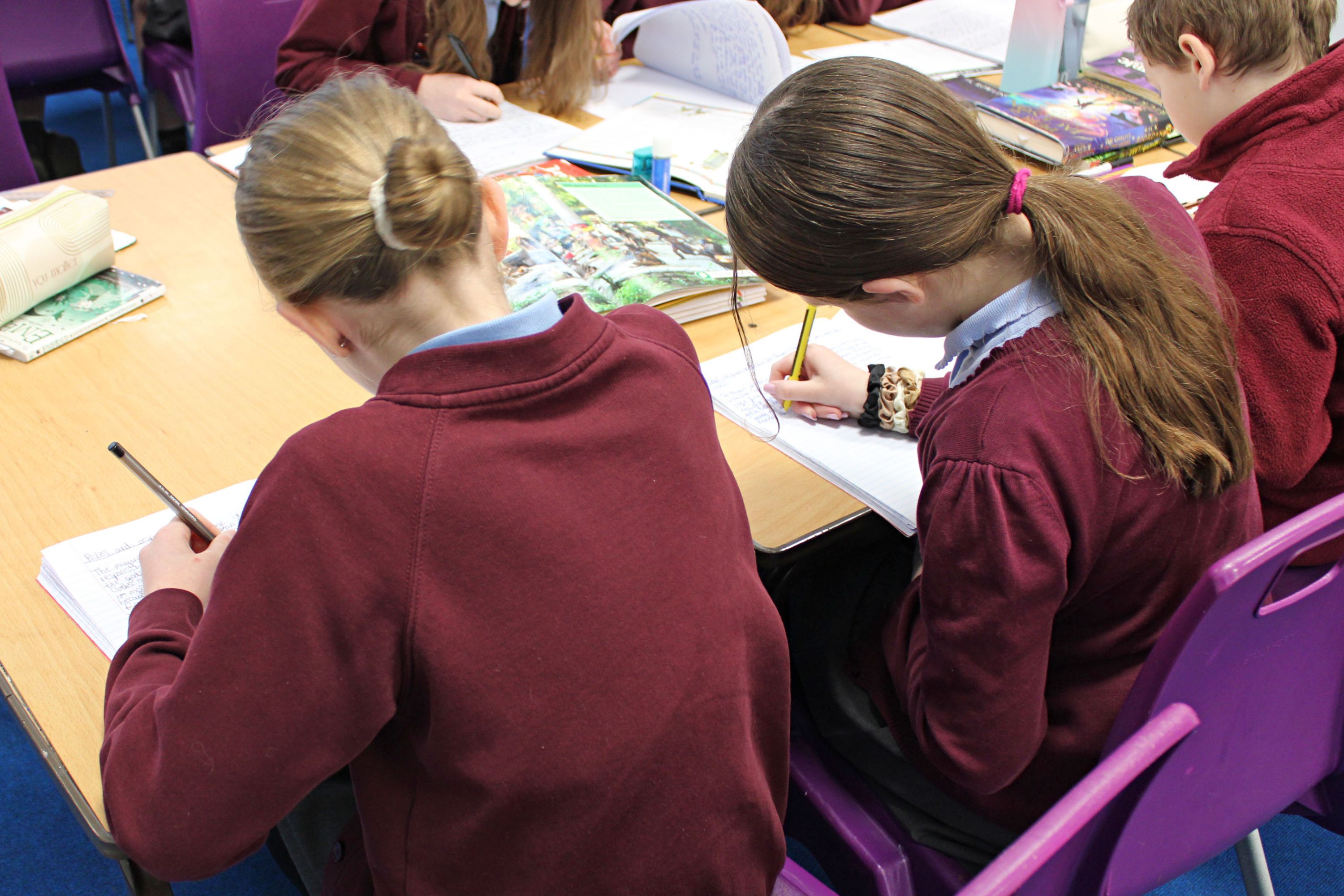
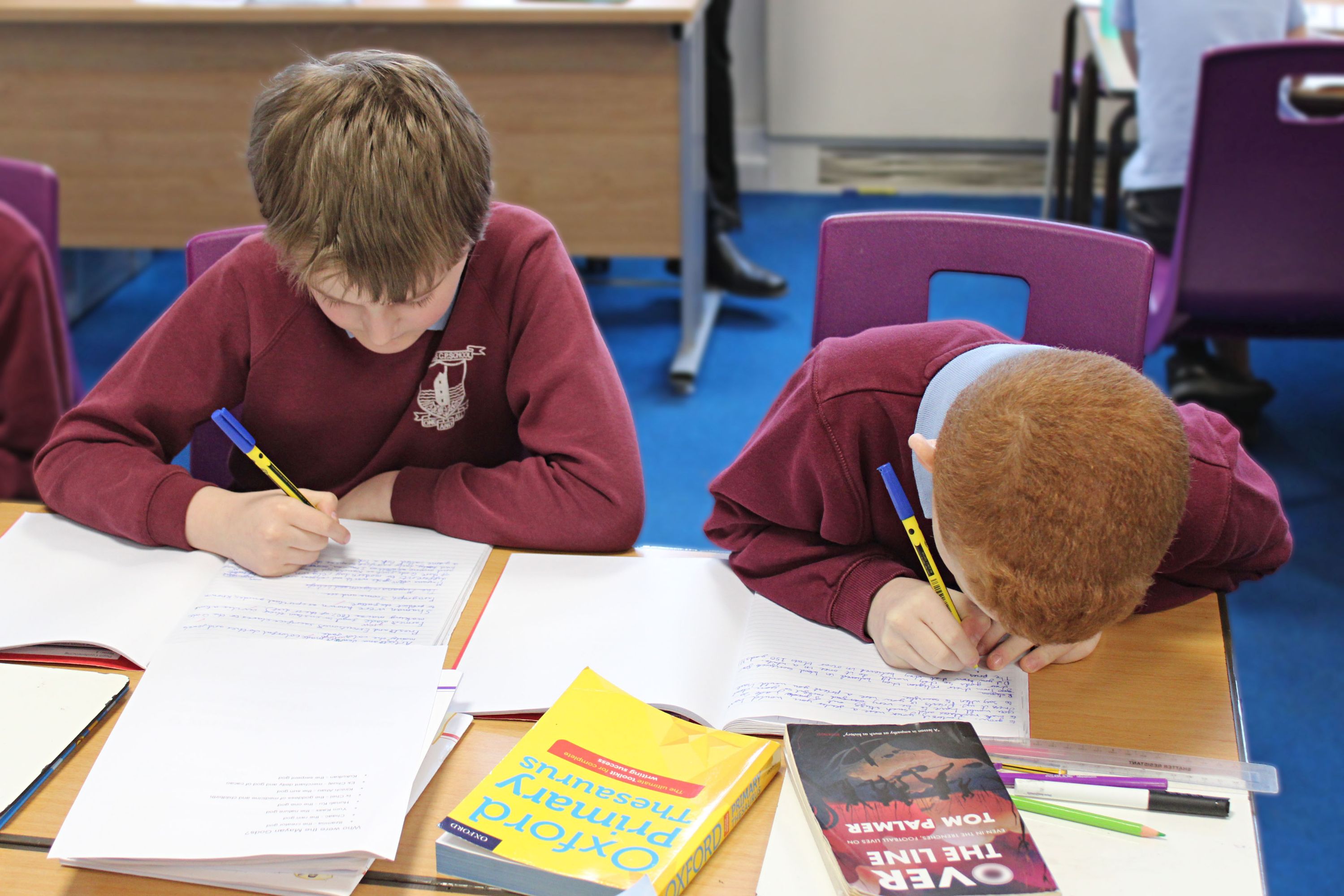
SEND:
We use the following interventions alongside quality first teaching to support individual learners:
- Teaching is adapted to meet the needs of children with SEND including use of scaffolding, group work, pre-teaching, chunked learning activities, use of ICT and more
- Handwriting and fine motor skills sessions are used to support children who we feel would benefit from this
- Some children may use a laptop and type their writing when completing longer pieces of writing
- Adaptive questioning to challenge and support every child
- Provide children with sentence starters/scaffolds
- Encourage thought and talk through ideas with children to help formulate sentences
- Regular recall of previous learning through flashback fours
Please see below specific strategies linked to the four areas of need as per the SEND code of practice. Please note many children may need strategies from more than one area of need as we recognise they overlap and it depends on the need of the child.
Social, Emotional and Mental Health
- Additional adults prepare pupils to contribute to feedback sessions, where necessary
- Link to personal and real-life situations
- Plan for possible emotional or activity breaks which may be needed
- Pre-teach of the activity, vocabulary, key learning
- Show what a good outcome looks like
- Personalised activities towards the child’s personal interest to motivate engagement
Cognition and Learning
- Give pupils extra processing time and opportunity to discuss in pairs before recording
- Use of ICT to record and research
- Adults act as scribes
- Use of talking tins
- Use of visuals to support learning
- Clear and simplified language e.g. for tasks, worksheets, teacher talk and use of whiteboards
- Pre-teach of the activity, vocabulary, key learning
- Show what a good outcome looks like
- Activities chunked – cut up and broken down
- Adapted resources, e.g. sentence stems, missing word activities, labelling
Communication and Interaction
- Recognise that the technical language of grammar may be challenging for many pupils and adapt to individual needs
- Alternative communication modes, such visuals (Widget) and audio are encouraged
- Use of art, drawing to communicate opinions and ideas
- Use of talking tins and talking photo albums
Sensory and/or physical difficulties
- Some children might require adapted printed materials e.g. font size and style, print size, background, Braille, symbols
- Some may require simplified or raised diagrams or described pictures
- Pale coloured backgrounds for all whiteboards
- Use of coloured dyslexia overlays, bookmarks as needed
- Use of ICT
- Use of ear defenders for noise
- Sensory and/or movement breaks
- Using a range of different writing tools

Handwriting
At Dobwalls we use the Handwriting Structure of Read Write Inc:
As a school, we teach children to read and write Set 1 sounds from the start of Reception as part of their Read Write Inc. Phonics lessons. Children first learn to form letters while they learn to read Set 1 letter-sounds in Reception. As soon as they can read Set 1 sounds, we teach a separate daily 10-minute handwriting lesson. These handwriting lessons are at a different time from the Read Write Inc. lesson. Most teachers teach handwriting first thing in the afternoon – it’s a great way to settle children after lunchtime.
We teach handwriting in four stages:
Stage 1 begins as soon as most children can read Set 1 sounds. We continue to teach children to form letters correctly.
Stage 2 begins during Year 1. Children learn the relative size of letters and to form letters that will flow easily into a joined style.
Stage 3 follows straight on. Children learn how to join letters using two basic joins – the ‘bridge’ join, the ‘hill’ join and the two variations on each.
Stage 4 helps children develop a mature and speedy style. Each stage ensures pupils meet the National Curriculum requirements for handwriting from Reception to Year 4.
Handwriting Stage 1 (EYFS)
We start teaching separate handwriting lessons as soon as children can read Set 1 sounds. We teach letters in handwriting families. Each family has a common formation.
a d g o c q
u y
b p
h n m r
e s f i
l t k j
v w x z
Handwriting Stage 2
Letter Village films are available on the Ruth Miskin Training School Portal, starting from Stage 2. They teach children, step-by-step, how to develop joined handwriting in just ten minutes each day. At Stage 2 we teach a mature handwriting style that will flow easily into joined writing. We introduce new ‘picture hooks’ to help children ‘visualise to memorise’ the shape of the letters.
Stage 2
Start using the Letter Village films when the children in your Year 1 class can write with correct basic formation. Children in Year 2 and above will also benefit from following these lessons before they begin learning to join letters.
At Stage 2, we now group letters that have a similar formation:
a d g o c q
u y
b p
h n m r
e s f i
l t k j
v w x z
These new handwriting ‘picture hooks’ focus on each group’s shared similarities. For example, here’s the first group of letters – a d g o c q. You can see that the shape of all six sisters’ heads is identical – except for their hair.

Sponge cake layers
We use an imaginary sponge cake so children can visualise where to place each letter on the line: the jam in the middle and a layer of sponge on the top and bottom. Watch the ‘How to use the sponge cake’ film on the Ruth Miskin Training School Portal with your children. This explains how the sponge cake layers correspond with the lines in their exercise book. Remind children of the layers at the start of each lesson. Some schools start by using handwriting tram lines to help children visualise the jam sponge letter Village films are available on the Ruth Miskin Training School Portal for Stage 3.
Stage 3
Stage 3 follows straight on. Children learn how to join letters using two basic joins – the ‘bridge’ join, the ‘hill’ join.
There are three variations of both joins:
Hill to jam letter, Hill to top sponge letter, Hill to ‘sister’ letter

Bridge to jam letter, Bridge to top sponge letter, Bridge to ‘sister’ letter

Children practise each join with specific letter combinations. Then they write
words with the joins they have practised.
We teach children that all letters are joined with the ‘hill’ or ‘bridge’ join with the
exception of g, j, q, y and z

Stage 4
Stage 4 helps children develop a mature and speedy style. Each stage ensures pupils meet the National Curriculum requirements for handwriting from Reception to Year 4.
As a school, we would expect and aim for most children to start joining their handwriting by the time they reach KS2. There is an expectation that children develop their use cursive writing during Years 3 and Year 4, in line with the National Curriculum expectations. By Years 5 and Year 6, children are expected to be able to write legibly, with increasing speed and fluency.
For children who are struggling to develop their handwriting skills, we continue to support them with strengthening their fine motor skills and offer them a range of support and writing tools to try and develop their handwriting. In some instances, small group intervention is required to assist in the development of handwriting.
At KS2 the expectation is for children to have cursive handwriting modelled to them by their teacher during any shared writing. It is an expectation that no matter what the subject area being taught, children maintain their handwriting style and presentation.
Support for children who are left-handed
When children who are right-handed write, they pull their hand away from their writing. This allows them to see what they have written. Children who are left-handed cover up their writing with their writing hand, so they are less likely to notice if they miss a space between words or make a spelling error.
This is how you can help children who are left-handed:
• Give them more space to write by placing them to the left of a child who is right-handed so their arms don’t nudge each other.
• Show them how to slant their paper to the right so they can see more of their writing.
• Show them how grip the pencil at a slightly higher point so they can see around their fingers
Handwriting skills in other lessons
When children write outside of a handwriting lesson, it is too challenging for pupils to use a newly learned letter straightaway. Once children have practised all the new letters, explain that they can start writing the title and first sentence in their new handwriting. You can increase the number of sentences week by week.
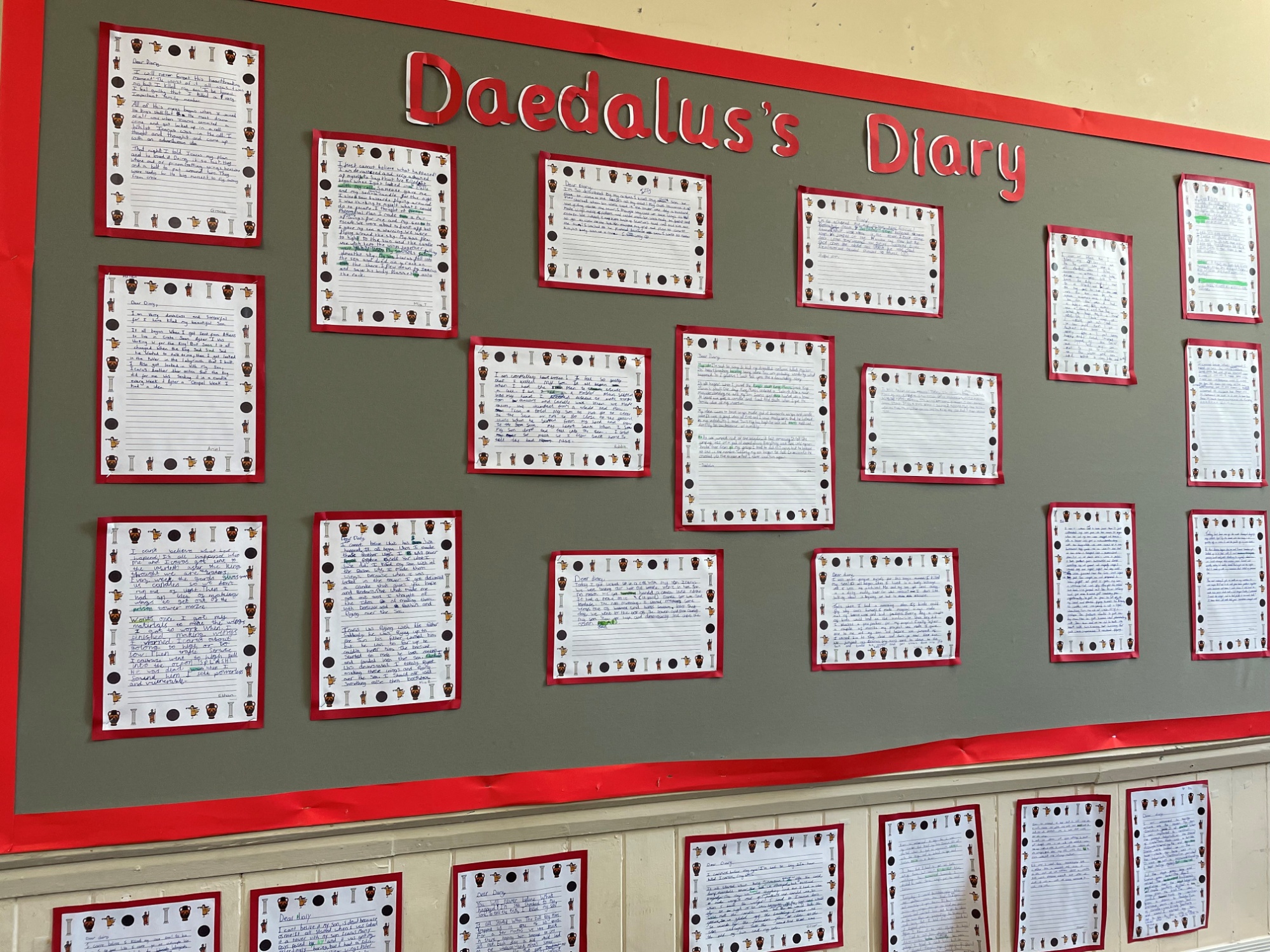
Y1 Homework linked to their story of Goldilocks and the Three Bears!
Amazing effort with creative skills and writing.
See examples of our writing below...
Y4 writing linked to Rainforest Topic
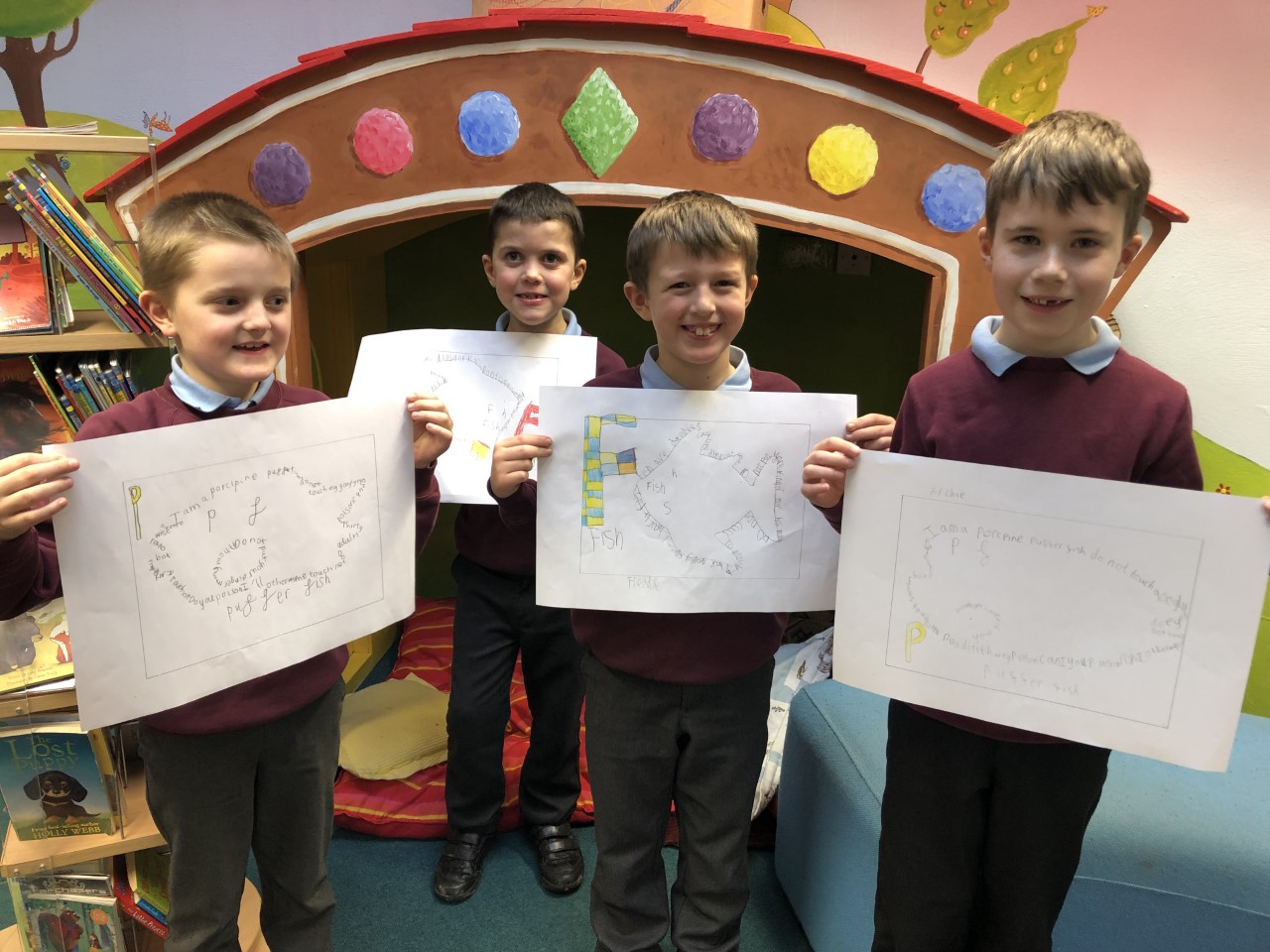
Poetry Week
Enrichment:
Enrichment is an important part of writing (which includes speaking and listening) at Dobwalls in order for children to realise the real purpose in learning to write confidently and fluently. There are a wide range of opportunities provided including:
- School Magazine Club – a magazine written by the children of Dobwalls and sold to all
- Theatre visits e.g. Squashbox Theatre, Hall for Cornwall, Theatre Royal Plymouth
- Anual Pantomime into school
- World Book Day Annually Celebrated with a range of opportunities planned
- Author Visits: Sally Crabtree, Jenny Scott, Ellie Jackson, Simon James
- Christmas Performances across the School
- Y3/4 Spring term performance
- Y6 Summer Performance
- Y2 Zoo trip
- Poetry Weeks

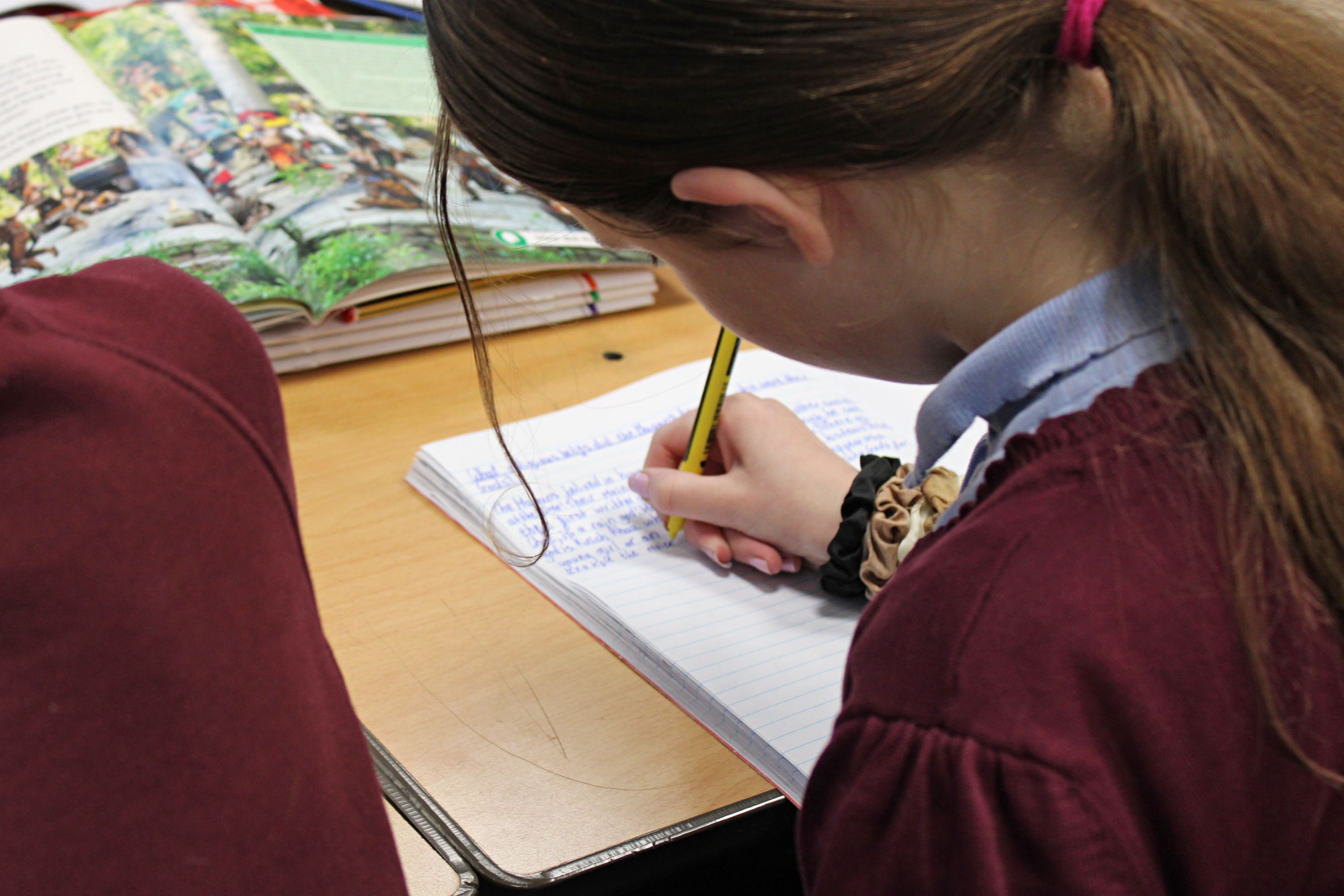
.jpeg)
